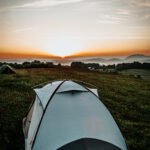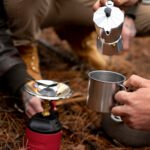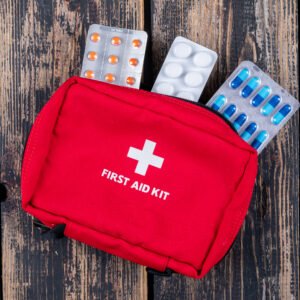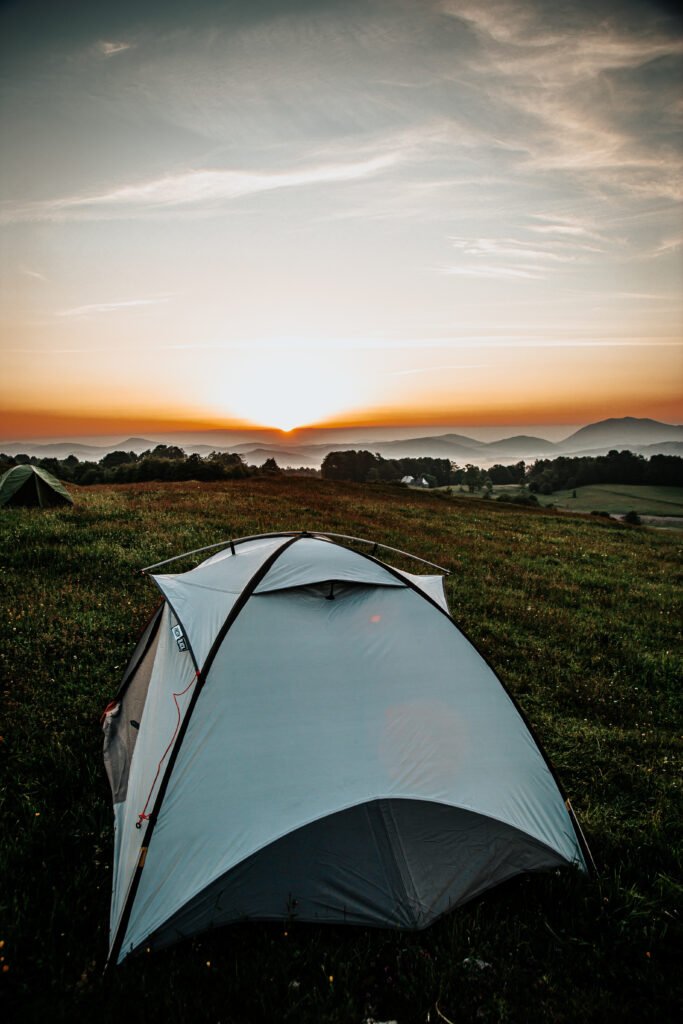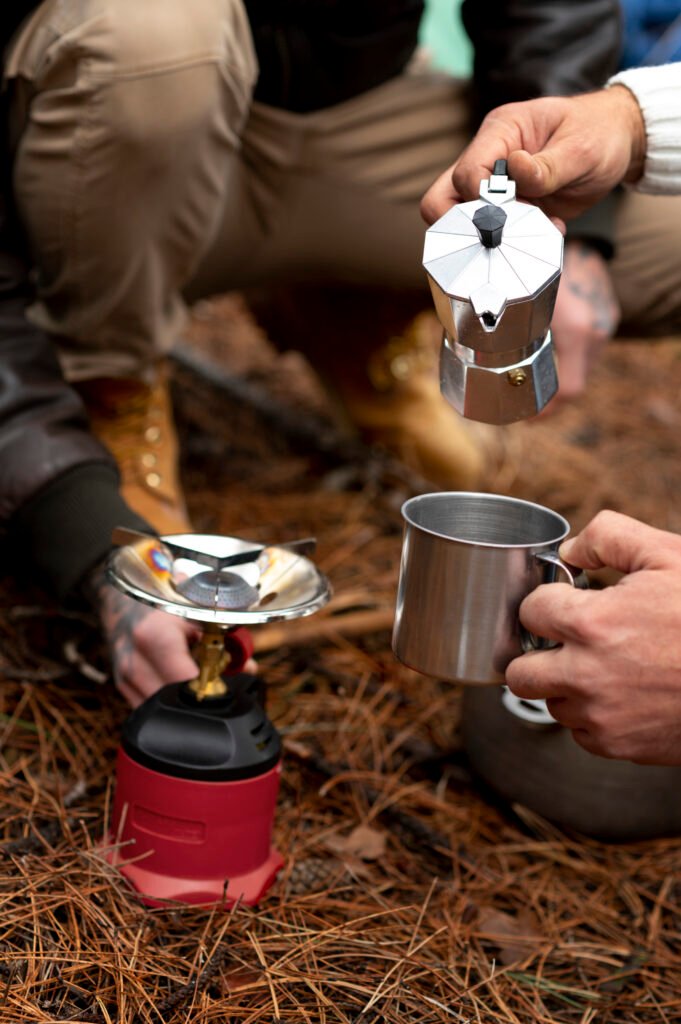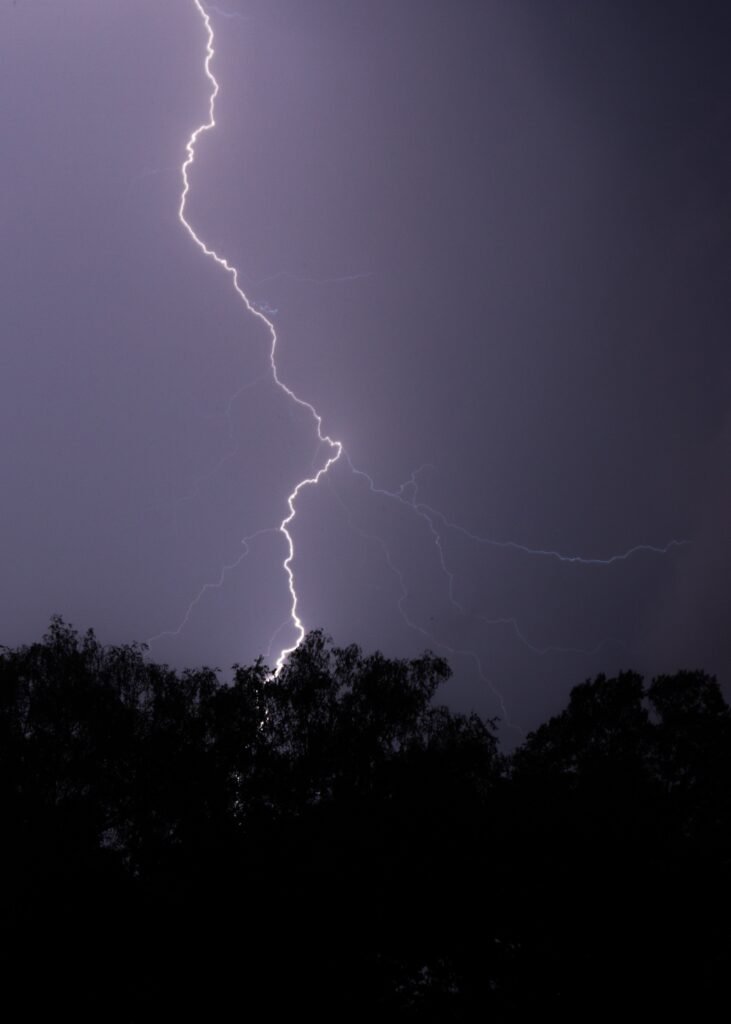Mountain Camping for Beginners: Complete Guide to High Elevation Adventures
Thinking about heading into the mountains for your first outdoor adventure? If you’re ready to trade your cozy bed for a sleeping bag and open to some thrill in your routine life, then welcome to the world of mountain camping for beginners!
There’s something truly unforgettable about high-elevation camping—from stunning panoramic views and crisp mountain air to the kind of quiet that lets you truly unplug, mountain camping promises to offer the most rewarding outdoor experience of a lifetime!
Before you lace up your boots and set off, this guide to high elevation camping will help you fully prepare. From planning your trip to packing the right gear and setting up camp like a pro, we have everything you need for a safe and comfortable mountain experience.
The beauty and challenge of Mountain Camping
Camping in the mountains offers breathtaking sunrises, crystal clear views, and a thrilling escape into nature’s grandeur, which camping on flat-ground camping just cannot offer, but at the same time mountain camping comes with its own set of hurdles and hence requires careful planning and preparation.
So, here are a few things to expect when camping at higher elevations.
If you’re planning to pitch your tent thousands of feet above sea level, there are a few important things to prepare for. High elevation camping is breathtaking—literally and figuratively—but it also comes with unique challenges. Here’s how to handle them like a pro.
1. Altitude Sickness
As you gain elevation, oxygen levels decrease, which can cause dizziness, nausea, headaches, and fatigue.
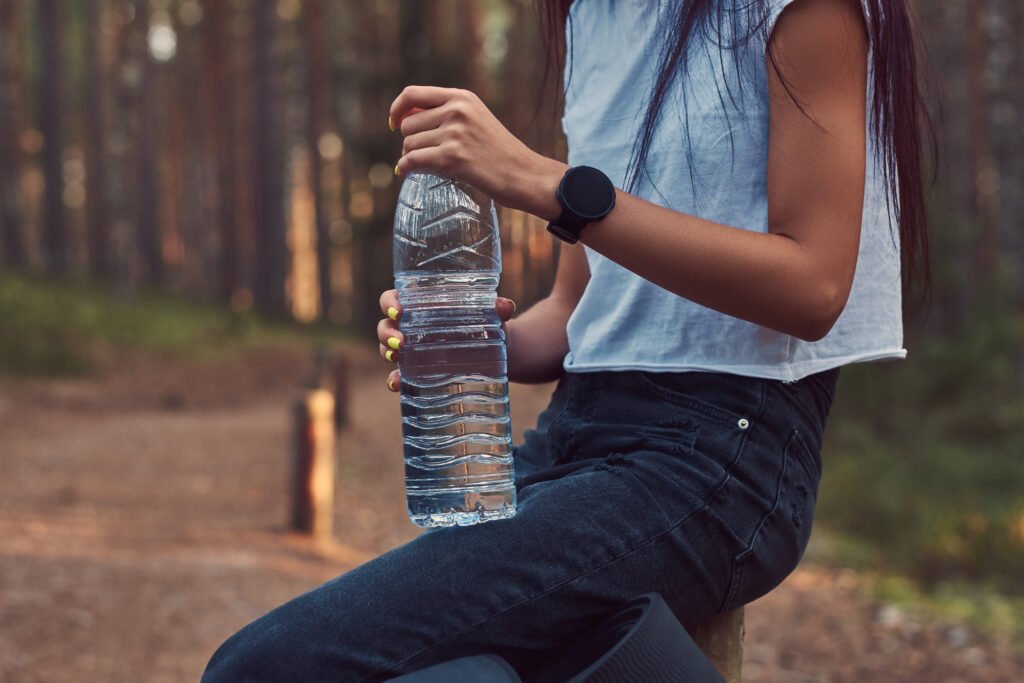
Tips to prevent altitude sickness:
- Take it slow—don’t rush your hike to the top
- Drink plenty of water and keep yourself hydrated
- Keep foods that are rich in potassium, like bananas that will help you keep the energy levels high and not give your bad muscle cramps or headaches
- Spend a day acclimatizing before heading to your highest campsite
This is especially important if you’re new to mountain camping for beginners. Your body needs time to adjust to the thinner air.
2. Temperature fluctuations
While the sun might keep you warm during the day, the temperature can plummet once the sun goes down. Nights at high elevations are often freezing—even in summer.
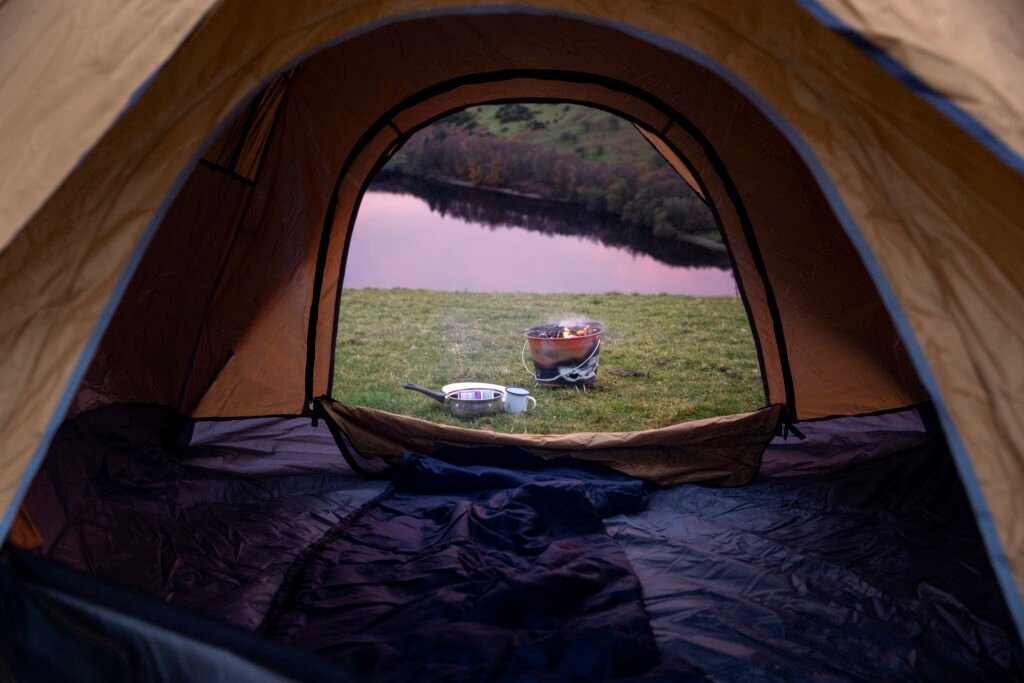
What you’ll need:
- A high-quality sleeping bag rated for cold temperatures
- Insulating layers for nighttime
- A sleeping pad to keep the cold from seeping up from the ground
Staying warm is essential for comfort and safety on any high elevation camping trip.
3. Unpredictable Weather
Mountain weather is famous for its mood swings. A sunny morning can quickly turn into a windy storm or even snowfall, depending on the season and elevation.
How to stay prepared:
- Check the forecast before your trip
- Pack waterproof clothing and gear
- Bring a sturdy tent with a reliable rainfly
So, be ready for a surprise even if the sky looks clear, especially if you are doing mountain camping for the first time.
Prep like a PRO- Essential gear checklist for High-Altitude camping
Before you start planning to pitch your tent amidst the clouds, proper preparation for mountain camping is very essential. There are a few priority things that you need to plan
- Choosing a campsite: Choosing a campsite in the mountains requires more careful planning than on flat terrain due to rapidly changing weather conditions. It’s essential to be prepared at all times. Opt for a site which is sheltered by sturdy trees or rock formations, which can serve as a natural windbreak and help protect your tent from strong gusts. Make sure the ground allows water to drain easily to avoid pooling during sudden rain. Avoid setting up camp in valleys, as cold air tends to settle there, making them colder and potentially more uncomfortable. Instead, seek out for a location that is safe, dry, and relatively warm.
- Tents : Your mountain shelter: For high elevation camping, you should always go in for robust tents, preferably a four-season tent, because it has to withstand the strong gusts of wind.
- Sleep System : Choose a very warm sleeping bag, expecting the temperature to be the coldest that you have ever expected. Have a great sleeping pad or a mattress which insulates you from the ground, and keeps you warm.
- Layered Clothing : Dress in layers like an onion, the base layer which is moisture wicking and keeps you dry, the middle layer which is a fleece or jacket to keep you warm, and an outer layer which is waterproof and windproof to shield against rain and wind. Also pack gloves and socks, to keep your palms and feet warm.
- Other Must-Haves: First aid kit which includes bug sprays, repellents, sunscreens, and some altitude sickness emergency medicines. If you’re worried about mosquito bites while camping, I’ve written a full guide on how to keep mosquitoes away from your campsite — check it out for more in-depth tips. You need high potassium snacks like bananas and trail mixes to keep you energetic. For hands-free light, you can carry a headlamp to assist you in the dark while you go hunting. You can also have torches that are fully charged, with extra batteries. GPS is a must, but if they fail at high altitudes, then have a compass and maps that you can depend on. For staying safe from mosquitoes, and keeping the tiny blood sucking creatures away,
Food and Water arrangement during camping in the mountains
Staying well-hydrated and maintaining electrolyte balance while trekking up the mountain is highly important, so drinking plenty of water is essential.
How to Stay Hydrated While Mountain Camping: Smart Water Tips for Trekkers
When you’re heading out on a mountain camping adventure, one of the most important things to think about is how you’ll stay hydrated. Carrying enough water for the entire trek sounds ideal, but in reality, it’s just not practical—especially when you’re also hauling food, cooking gear, and personal supplies. That’s why we rely on natural sources of water found along the trail, like streams, glacial runoff, or high-altitude lakes.
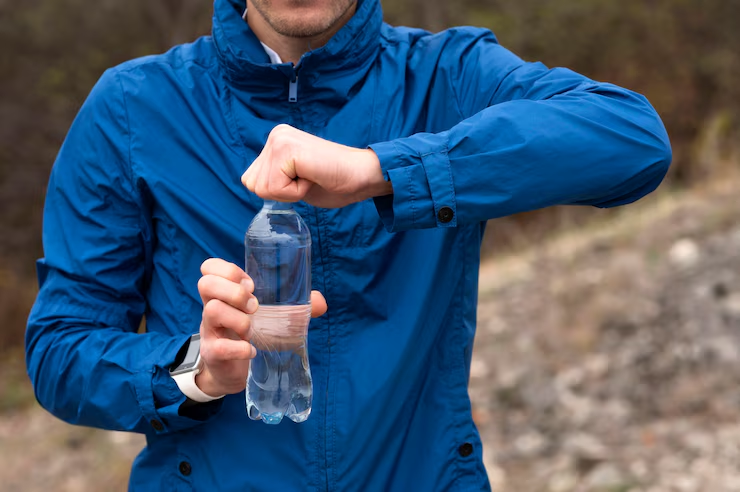
These water sources are often clean, fresh, and safe to drink with basic precautions. However, as you climb higher and move beyond the treeline, water availability can become more limited. Fewer trees usually mean fewer streams, and it’s not uncommon to go several kilometers without finding a reliable source. So, make it a habit to top up your bottles whenever water is available, even if you’re not running low yet. It’s better to carry extra than to run out.
If you’re someone who tends to get an upset stomach with changing water sources, don’t worry—you’re not alone. Many trekkers carry portable water filters, UV purifiers, or purification tablets to stay on the safe side. These are lightweight and easy to pack, and they give you peace of mind when filling up from streams or lakes, especially in remote areas.
Now, when it comes to how you use water, a little mindfulness goes a long way. Try not to use too much for tasks like washing dishes, clothes, or even yourself. While it’s tempting to freshen up after a long day of hiking, conserving water is crucial, especially during high-altitude expeditions, where the only option may be to melt snow. This process takes a lot of time and burns through your limited butane fuel, so every bit of water counts. You can add rehydration salts or electrolyte tablets to your water, to hydrate yourself with the essential minerals and energy.
That said, one area where you shouldn’t compromise is drinking water. Keeping yourself properly hydrated plays a huge role in how well your body adjusts to the altitude. Dehydration can sneak up on you, especially in cooler weather where you might not feel thirsty, but it increases the risk of altitude sickness and fatigue. Keep sipping regularly, even if you don’t feel the need—because you need all the stamina and energy to trek to higher altitudes.
Quick Tips for Trekking Hydration:
- Always refill at natural water sources—don’t wait until you’re empty.
- Use filters or tablets if you’re unsure about water quality.
- Conserve water for essential use—skip washing unless absolutely necessary.
- Avoid sugary or caffeinated drinks, which can dehydrate you.
- Listen to your body—headaches, dizziness, or fatigue can be signs of dehydration.
At the end of the day, smart hydration isn’t just about drinking water—it’s about planning ahead, using resources wisely, and making sure your body stays in peak condition throughout the trek.
Food Essentials for Mountain Camping: What to Eat at Altitude
When you’re camping in the mountains, what you eat can make a huge difference—not just to your energy levels but also to your safety and comfort. Unlike casual hikes where you might pass by local cafes and eateries, mountain trekking and expeditions require careful planning around meals.
Whether you’re headed into the Rockies, the Scottish Highlands, or the Alps, here’s what you need to know about food for high-altitude hiking and camping.
Meals on Multi-Day Mountain Treks
On extended treks, especially at higher altitudes, you’ll usually need to carry all your food supplies from the base camp. Meals are often kept simple but are designed to be full of nutrition and easy to cook. Expect warm, comforting dishes like:

- Instant rice or pasta
- Dehydrated soup mixes
- Tortillas or flatbreads with peanut butter
If you are accompanied by a professional hiking group, then the support team might prepare some freshly cooked meals that you will get to enjoy, but if you are on a remote hike, then you need to plan your lightweight backpacking food and cook them yourself using a portable stove.
Alpine & High-Altitude Expeditions: Fuel for the Climb
When you’re mountaineering or going on a high-altitude expedition, weight and convenience are everything. Most climbers carry freeze-dried or vacuum-sealed meals that only require hot water to prepare. These meals may not be really tasty and lip smacking, but they’re packed with the energy and nutrients your body needs in extreme conditions.
At high altitudes, sometimes food might taste a bit bland, and you feel like giving up on eating and might start eating very less, but that’s not the solution. Regular meals packed with nutrition help you to acclimatize better, and prevent altitude sickness.
Best Snacks for Mountain Hiking and Camping
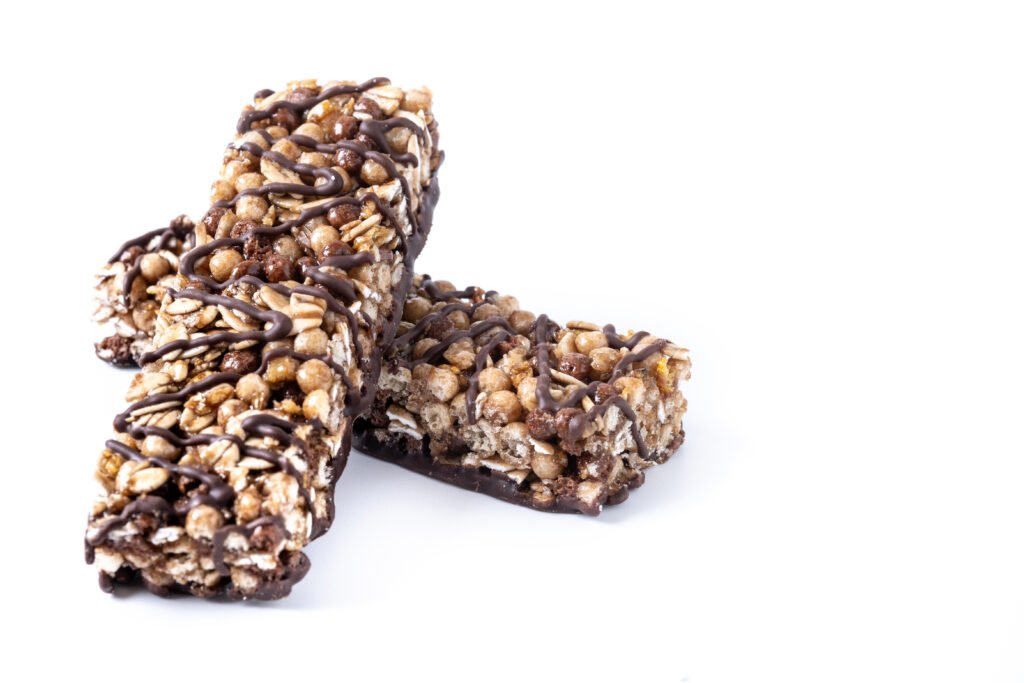
When planning your camping food list, make sure to bring high-energy snacks that are compact, non-perishable, and easy to eat on the move. Some popular options include:
- Granola bars with nuts, dried fruit, and oats
- Nut butters in sachets
- Trail mix (nuts, seeds, chocolate, and dried fruit)
- Protein bars
- Instant coffee, hot chocolate, or tea bags for that moral boost and soothing feeling
Mountain Camping Food Checklist: Quick Recap
When prepping your mountain camping food plan, focus on:
- Lightweight, high-calorie meals for backpacking
- Quick snacks with long shelf life
- Easy-to-cook camping meals
- Proper hydration and electrolyte intake
What fun activities can you enjoy during mountain camping?
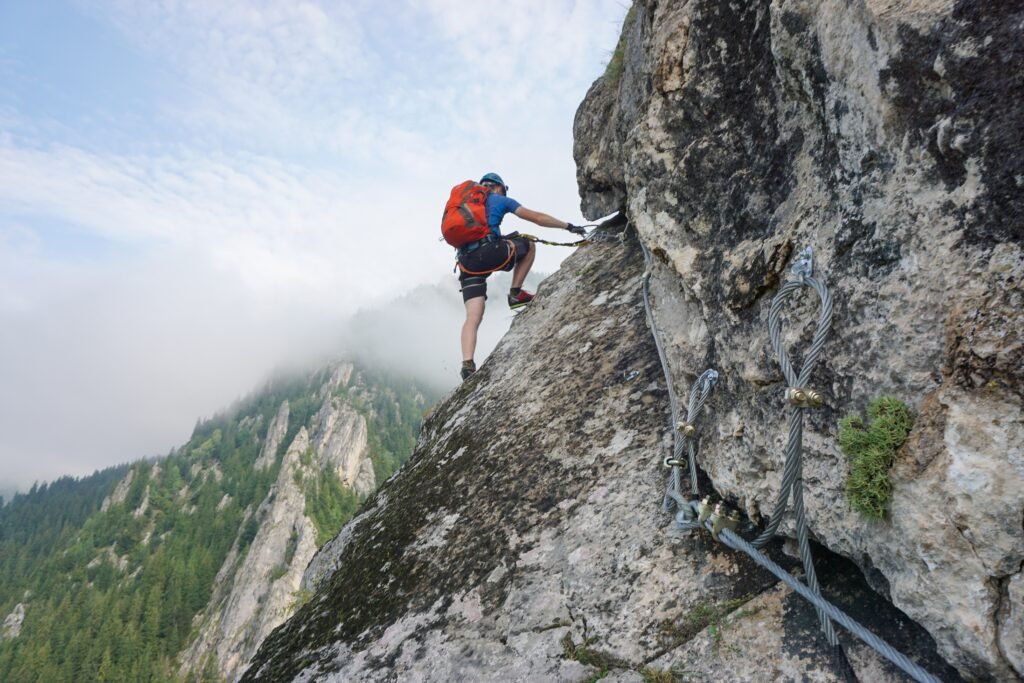
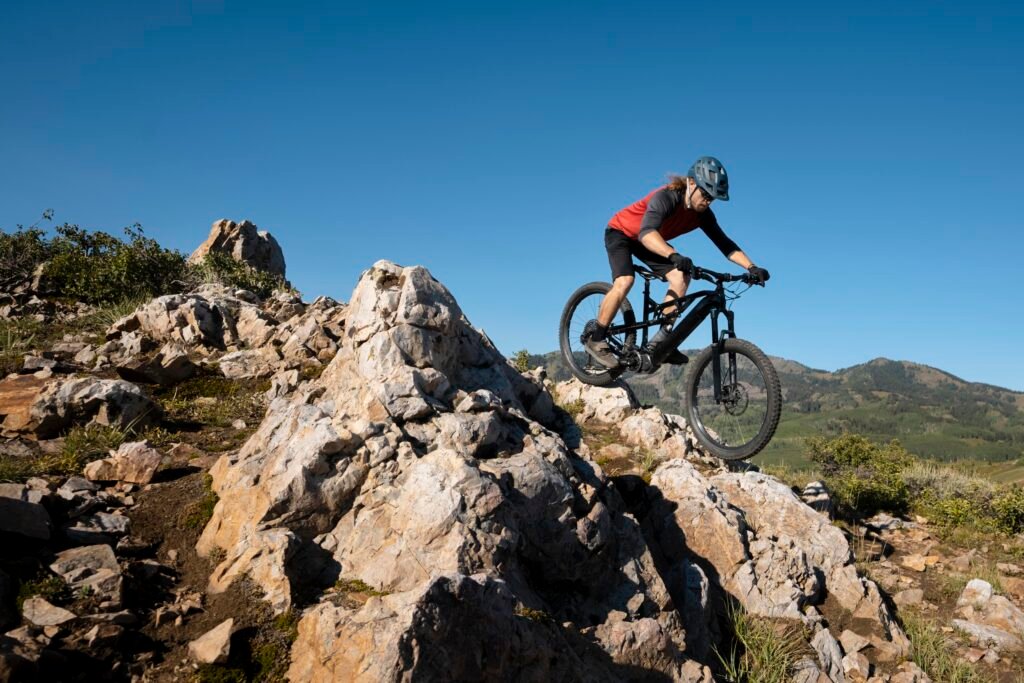
Mountain camping is not just about survival but also about enjoying it to the fullest and creating some unforgettable memories. Camping in the mountains offers a thrilling escape into nature with a host of exciting activities. One of the best activities that you could take up is hiking into the beautiful mountain terrains, soaking in the breathtaking views and breathing in the fresh air. You can try a hand at photography if you carry your camera, because there is every possibility of spotting wildlife. If you seek more adventure and are a pro at it, then you can also venture into rock climbing or mountain biking. Stargazing at night and campfire cooking can also be some fun activities to enjoy some peaceful moments with your family. So, if you plan well and pack the right camping gear, mountain camping can be the most rewarding and refreshing experience of your lifetime. These experiences will fuel your passion to have more such mountain camping adventures in the coming years.
Final thoughts:
Mountain camping is not just about conquering peaks, but it’s all about knowing what you are capable of, it’s all about learning to step outside your comfort zone and learning to have the perfect adventures. Do not worry if your mountain camping expedition goes wrong in the first attempt. That’s perfectly okay. You learn through your mistakes, and try to understand what went wrong, improvise based on the experience, and then have a better one the next time. As you keep learning, you will also start giving mountain camping tips to adventurers who want to take up high altitude mountain adventure hikes or camping.
Remember that when the mountains call, do not fear, start small, prioritize safety than the thrill of the adventure, and keep learning and conquering one step at a time. The mountains will be always there to wave and call you, but do not forget safety for the sake of adventure.
